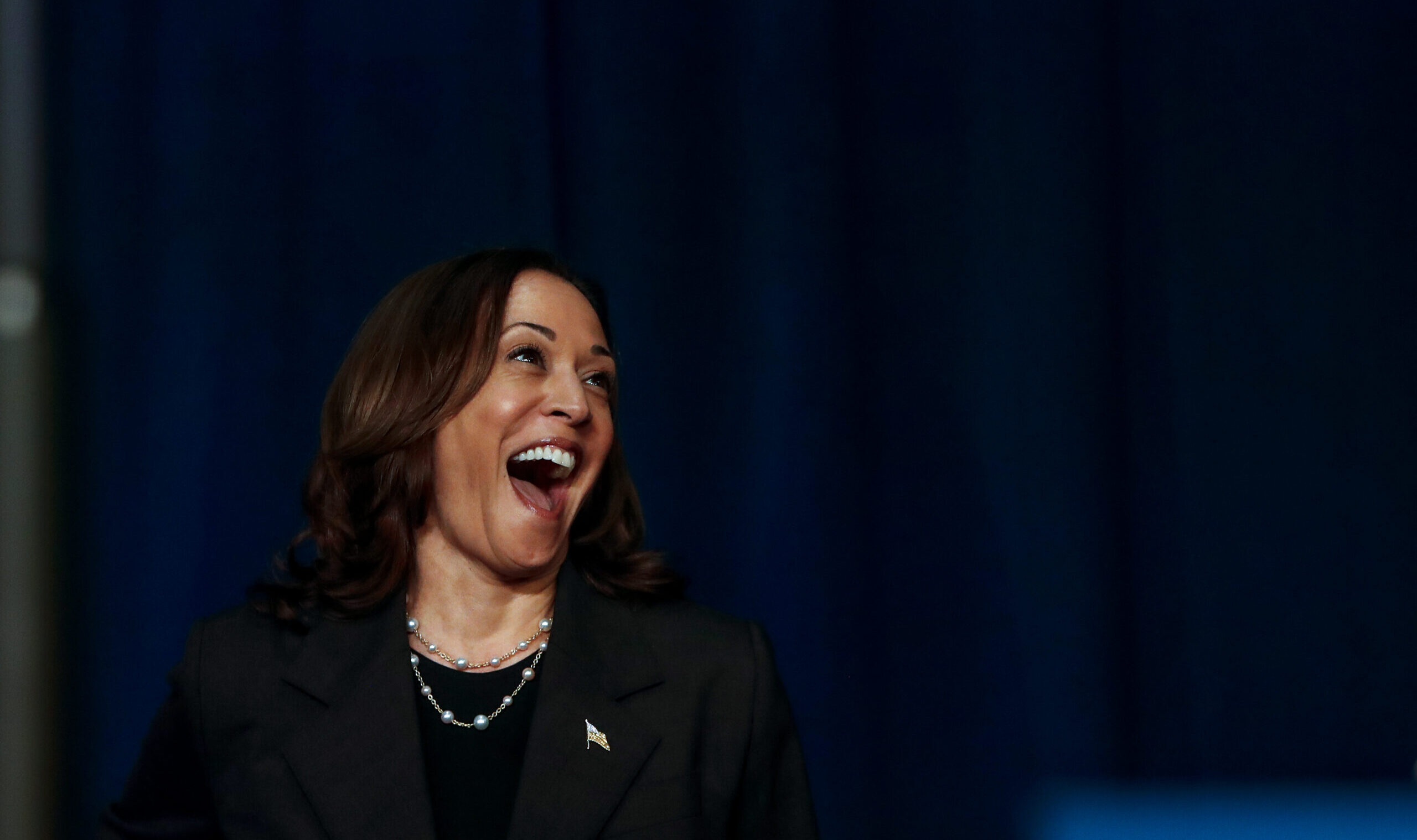


Loading the Elevenlabs Text to Speech AudioNative Player...
Parties go through secular periods of decline and crudescence: the Republicans in the ’30s and ’40s, Democrats in the ’70s and ’80s. No matter what boneheaded antics the other team got up to, the party on hard times just couldn’t get a toehold. (Even with the gift of Watergate, the premier scandal of American political history, the best the Democrats could manage was Jimmy Carter’s single hapless term.) There are a few usual reasons for this. The country simply becomes tired of a party, often after their long period in power comes to a bad end, as happened to the Republicans at the dawn of the Depression. Or the party elite gets sclerotic and its base gets restless, as in the Democrats’ ’68 and ’72 presidential nomination races, and this inaugurates a season of infighting.
You wonder whether something like this is happening again when you look at the Democrats now. They should be looking down on midterms from a position of strength. While Trump decisively won the 2024 election, it was hardly the landslide that his most ardent propagandists claimed; about half the country would rather vote for Kamala Harris—Kamala Harris—than for Trump. Not even the Democrats enjoy taking a loss, but it didn’t look like a blowout that would inaugurate seven lean years for the Democrats. Clearing a little room at the top of the party would make way for the rising cohort of telegenic younger talent like Gretchen Whitmer, Gavin Newsom, and Chris Murphy. The Republican legislative majority is very small, not exactly the stuff of quasi-permanent mandate. The first six months of the Trump administration have been checkered at best—bungled trade policy rollouts, floundering in foreign affairs, a budget bill nobody liked, ongoing economic anxiety as inflation remains higher than we’d like and growth lower. Trump’s approval rating is comfortably underwater, as usual, and his issue ratings for immigration and the economy are slipping. Absolved from the obligation of having to make policy, you’d think the boys and girls in blue would be having a field day on Medicaid cuts, fly-by-night military improvisation, and Epsteinmania.
They’re not, though. Midterms polling is equivocal at best; while the Democrats seem to have an enthusiasm advantage, the American people seem to pretty much loathe both parties—28 percent approval for the Ds and 33 percent for the Rs, per a CNN poll published Thursday. CNN’s Harry Enten observed that the Dems have only a slight lead on the generic ballot and appear to be losing on a seat-by-seat basis. This is not the stuff of the classic midterm blowout. What gives?
Well, let’s go through what we said can go wrong at the start of this column. Institutional sclerosis and rebellion seem to be the main things. There is still internal foment within the Democratic Party between the hardline, often identity-based “groups” and the increasingly embattled-looking moderates. While the country may have for now moved on from “peak wokeness,” the enwokened still have a big share of the money, power, and especially enthusiasm in the party, and it is not at all clear that they’re going anywhere. Something similar happened in the New Left’s takeover of the party in the ’70s and ’80s, well after the peak of the counterculture. They weren’t strong enough with the general electorate to get candidates over the top, but they were strong enough consistently to pull the party in their own direction.
In the long run, there is a warning here for the right: The New Left eventually got it together and professionalized. Twenty-five years after the 1968 Chicago meltdown, a dope-smoking, free-love Deadhead was president. (I am more than half convinced that the most important chronicle of the Democratic Party in the latter half of the 20th century is Jann Wenner’s badly written but revelatory memoir, Like a Rolling Stone.) Maybe the woke Democrats will find a viable synthesis the way the New Left did, but they’re not there. While a Pramila Jayapal or a Cori Bush can win in a safely deep-blue district, it’s not clear the hard left can take competitive districts (yet). The Woke Clinton may not even have entered the arena, although, if you made me pick the likeliest active politician to fill the role, I’d say AOC—radical on paper, but increasingly institutionalist.
Much can happen very quickly, of course, and the Republicans aren’t immune to blowing it bigly. An economic downturn, a war, an administration scandal—the GOP isn’t immune to any of these. Their choices could still catch up with them. But, for the time being, the Democrats are not looking like contenders.
